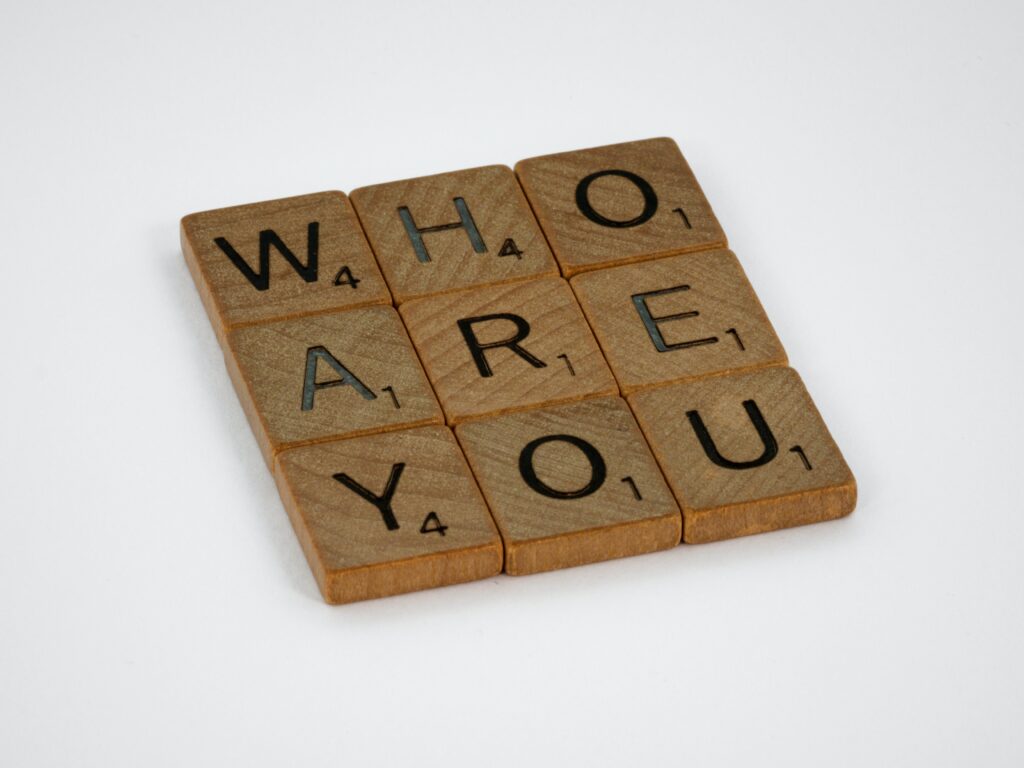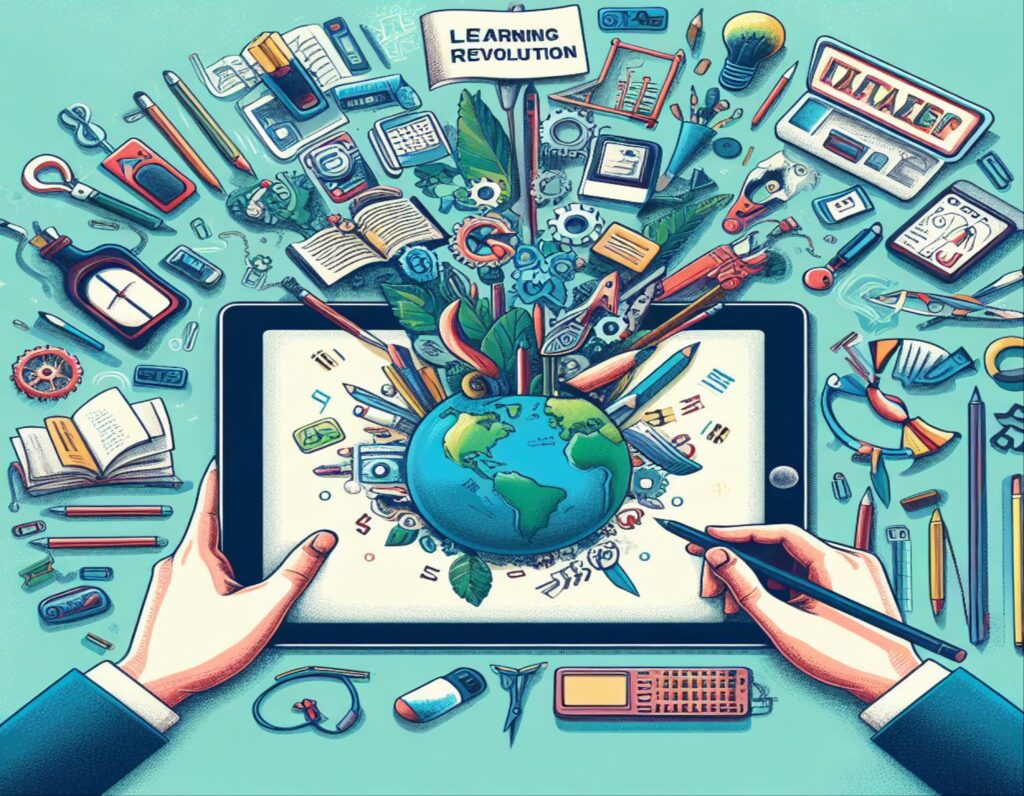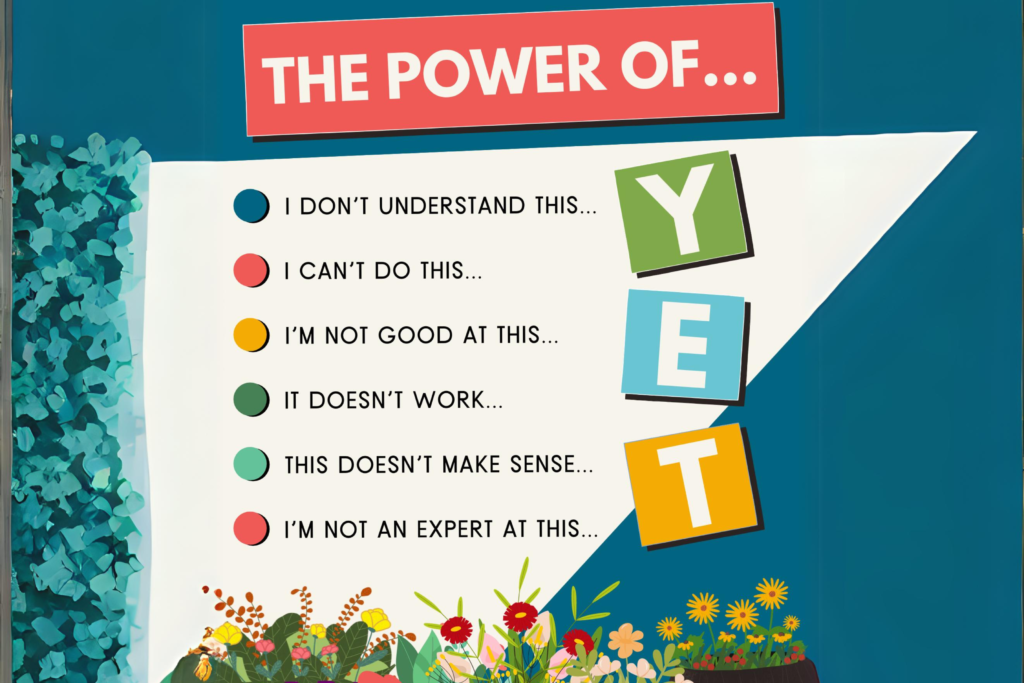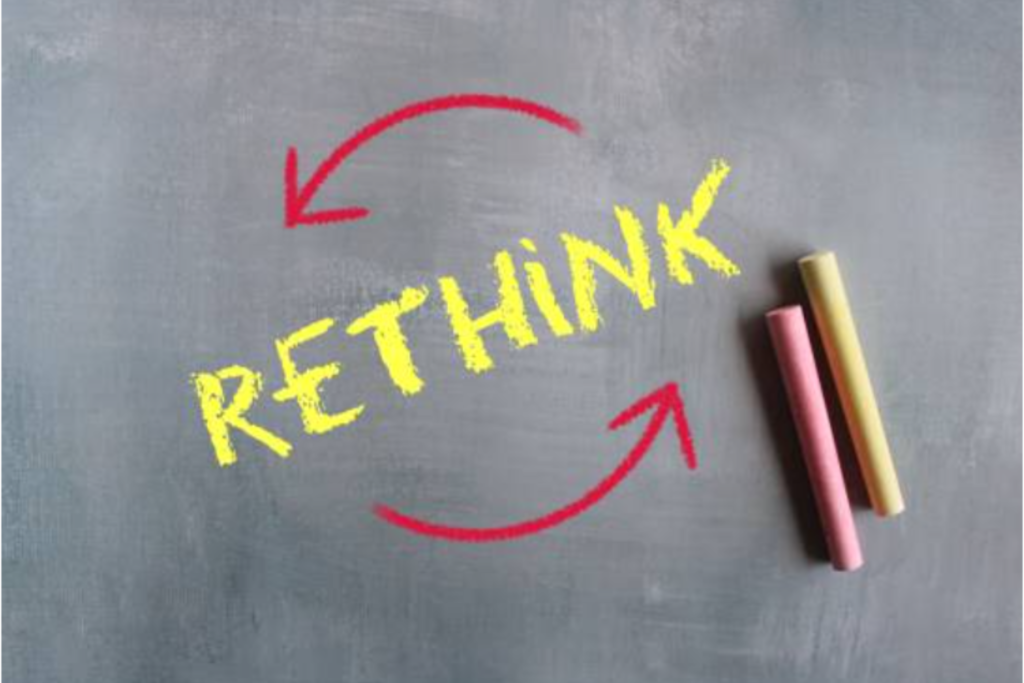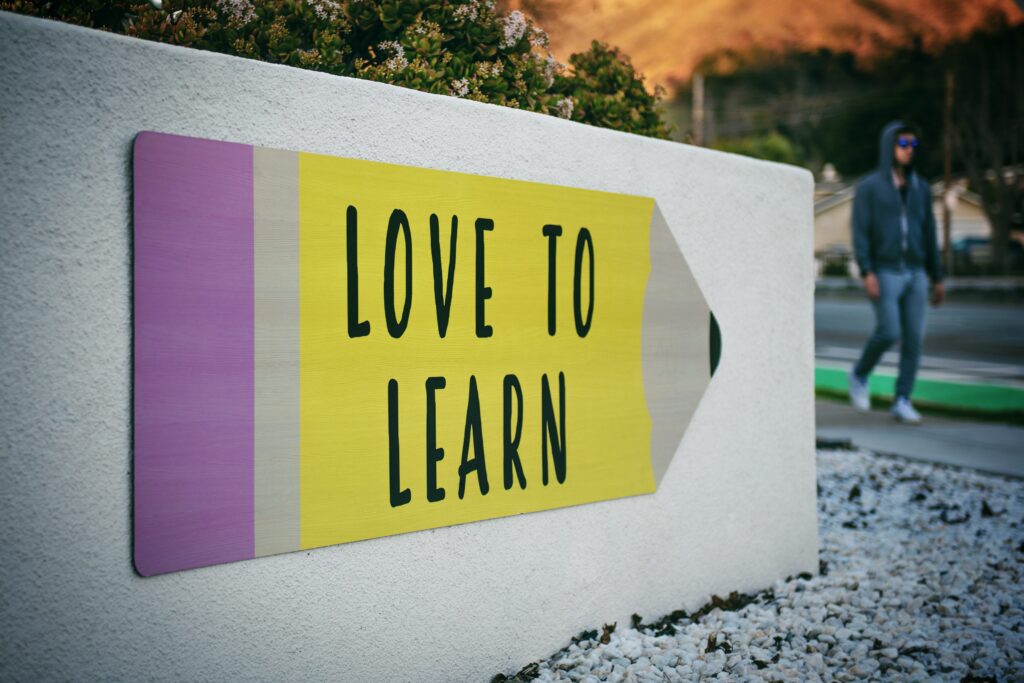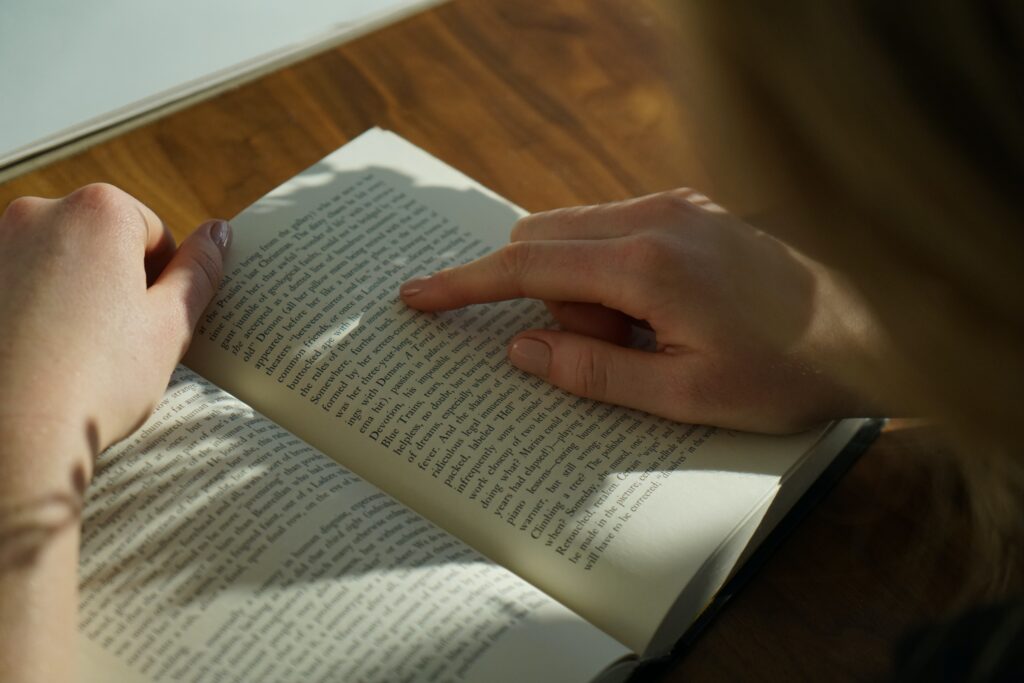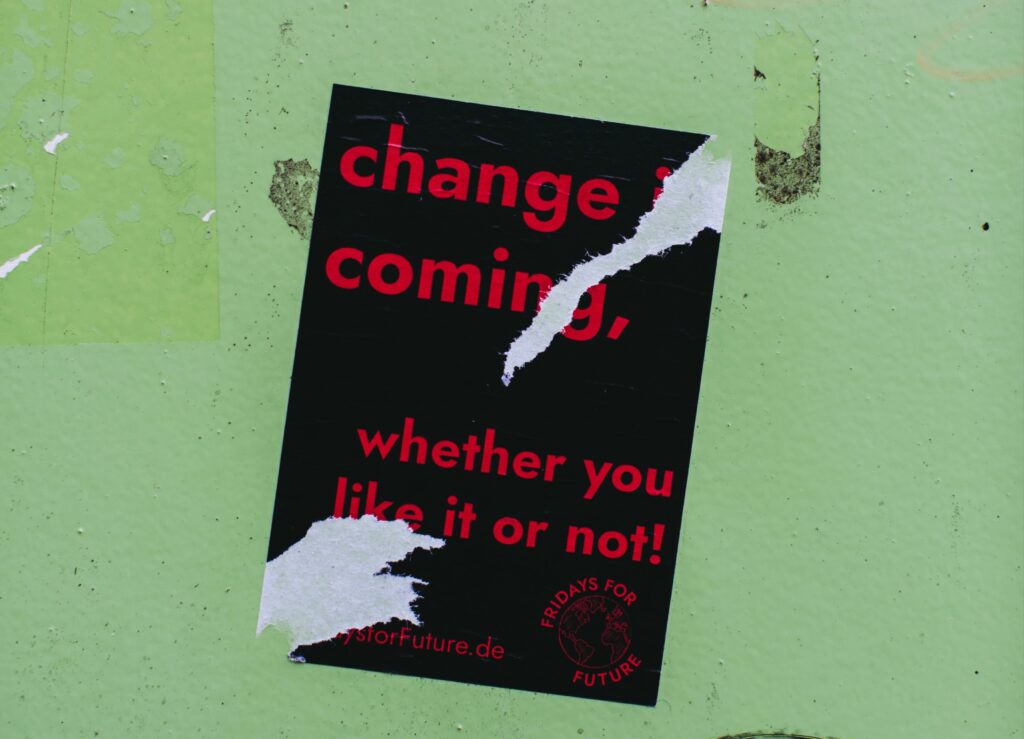Beliefs about learning in general
Learning is not a one-size-fits-all journey. Each individual, influenced by their unique experiences, prior knowledge, and inherent curiosity, approaches learning differently. At its core, learning goes beyond the mere accumulation of facts or the rote memorization of information. Instead, it’s an active process where one’s worldview expands, reshapes, and is constantly redefined. The essence of learning is tied deeply to curiosity—the intrinsic desire to understand and make sense of the world around us. This was exemplified by theorists like Jean Piaget, who accentuated the role that learners play in constructing their own knowledge. According to Piaget, children move through distinct stages of cognitive development, actively working to understand their surroundings, and assimilating new information into their existing schemas.
Furthermore, a true learning environment is one that nurtures this innate curiosity, fostering a love for exploration and discovery. Institutions and educators have the power to either hinder or foster this passion for knowledge. Therefore, it’s crucial to approach learning from a holistic standpoint, recognizing it as a lifelong journey rather than a finite process. The evolution of knowledge, both at an individual and societal level, is a testament to the enduring and transformative power of learning.
Beliefs about the relationship between teaching and learning
Teaching and learning are two sides of the same coin. While teaching provides the structure and scaffolding for knowledge transfer, it’s the learners who breathe life into the process, navigating their unique paths of comprehension. Schools, in their ideal form, should be more than mere vessels for the dissemination of knowledge. They should be dynamic spaces where learners actively engage with, challenge, and construct knowledge. In this ecosystem, teachers transform from mere information providers to mentors, guides, and co-learners. Lev Vygotsky’s Social Constructivist theory is a guiding light in this regard. Vygotsky emphasized the importance of social interactions and community in learning, proposing that understanding is constructed through our interactions with others.
To further this perspective, the relationship between teaching and learning should be mutually beneficial. Effective teaching is responsive, adapting to the ever-changing needs of learners, ensuring relevance and engagement. Conversely, true learning is active, pushing the boundaries of traditional teaching methods and demanding innovation and adaptability from educators. This dynamic interplay, when recognized and nurtured, can lead to powerful educational experiences that leave lasting impacts on learners.
Beliefs about myself as a learner
Throughout my life, I’ve come to appreciate that learning is a deeply personal endeavor. Each challenge faced, mistake made, or concept grasped has been evidence of the ever-evolving nature of personal growth. Genuine learning is not a linear path; it’s accompanied by highs and lows, moments of clarity and confusion. This resonates with the ideas of Carl Rogers, whose Humanistic approach to education emphasizes personal growth, self-direction, and the inherent potential within every learner. According to Rogers, an optimal learning environment is one where learners feel accepted, understood, and validated, allowing them to become more open to new experiences and knowledge.
Upon reflection, a few key principles have continually consistently guided my learning journey:
Perseverance: The road to understanding is rarely straightforward. But pushing through, even when the journey gets challenging, has often led me to profound insights.
Humility: Acknowledging that I don’t know everything has been liberating. It means there’s always something new out there, waiting to be discovered.
Curiosity: An innate thirst for knowledge has been my guiding light. It’s the force that continually pushes me into the unexplored territories of understanding.
The moments of struggle in learning, though daunting, have been my greatest teachers. They’ve taught me resilience, the ability to bounce back from failure, and tenacity, the drive to stay the course despite challenges. These moments have not only built my character but have also sharpened my problem-solving skills.
The beauty of learning lies in its endlessness. By accepting that there will always be something we don’t know, we inherently embrace a lifetime of learning. This mindset ensures that the journey of discovery, with all its ups and downs, remains a lifelong pursuit, filled with wonder, challenges, and growth.
Beliefs on the difference between a learning philosophy vs a teaching philosophy
At its core, a learning philosophy pivots around the individual learner. It concerns the process through which knowledge is acquired, processed, and assimilated by the learner. A learning philosophy doesn’t just address cognitive functions; it delves deep into the emotional and existential dimensions of gaining knowledge. It recognizes that every individual’s journey to knowledge is a sum of their background, emotions, motivations, and interactions. This philosophy acknowledges the multitude ways individuals approach and internalize information, emphasizing the significance of self-awareness and self-growth.
Learning is not a linear progression from Point A to Point B. It’s a labyrinthine journey filled with twists and turns, peaks and valleys. One’s learning philosophy, thus, accepts the inevitable detours, valuing the process as much as the outcome. It understands that setbacks, mistakes, and challenges are not just obstacles but critical milestones that shape the learner’s growth and worldview.
Contrastingly, a teaching philosophy focuses on the educator’s approach to facilitating this complex journey. While learning philosophy emphasizes personal evolution, teaching philosophy is about creating the conditions that foster that evolution. It’s about methodologies, strategies, and the values an educator adopts to nurture and guide learners.
In essence, the teaching philosophy is a manifestation of an educator’s beliefs about how best to support, inspire, and challenge learners. It outlines the educator’s role in the classroom, whether as a guide, facilitator, or co-learner. It defines how they interact with students, the type of environment they strive to create, and the tools and methodologies they employ to ensure learning happens.
In my opinion, a profound understanding of one’s learning philosophy can deeply influence their teaching philosophy. For instance, if one believes, as Carl Rogers did, in the inherent human capacity for self-directed growth, their teaching philosophy might prioritize creating an atmosphere of trust, respect, and autonomy. Instead of being a mere dispenser of information, the educator becomes a collaborator, helping learners navigate their path, offering guidance when needed, and stepping back to let them explore, stumble, and discover.
To summarize, while learning philosophy delves into the personal journey of gaining knowledge and self-awareness, teaching philosophy centers on the educator’s role in supporting that journey. Both are intrinsically linked, shaping and being shaped by each other, creating a dynamic relationship that makes the educational process rich, meaningful, and transformative.
My Identification with Learning Theories
Throughout my educational and career path, I’ve understood that no single learning theory can fully capture the complexities of how humans learn. I align most closely with a diverse blend of Behaviorism, Cognitivism, and Constructivism, sprinkled with elements of Humanistic theory and Social Constructivism. This diversified approach allows me to appreciate the multifaceted nature of learning. On one hand, Behaviorism, as promoted by B.F. Skinner, underscores the significance of the environment in shaping behavior. It highlights the role of rewards and reinforcements in motivating learners, a perspective I’ve found invaluable in certain teaching contexts.
On the other hand, Cognitivism and Constructivism, with inspirations from luminaries like Jean Piaget, focus on the mental processes involved in learning. They underscore the idea that learners are not passive vessels waiting to be filled but active constructors of their knowledge. This resonates with my belief in promoting critical thinking, exploration, and experiential learning. Furthermore, the Humanistic leanings in my philosophy, influenced by Carl Rogers, emphasize the importance of fostering a supportive and accepting environment that prioritizes personal growth and self-actualization.
Connection to learning theories
The evolution of modern educational thought has been significantly influenced by various learning theories. In crafting the concept of my Innovation Plan, I’ve embedded the principles that emphasize the importance of social interaction and collaboration in the learning process, drawing inspiration from Vygotsky’s Social Constructivist theory.
Vygotsky and my Innovation Plan
The learning groups within my Innovation Plan are envisioned as immersive spaces where learners can engage in collaborative activities, discussions, and problem-solving endeavors. These groups are not just physical or virtual classrooms but vibrant ecosystems of exploration.
Vygotsky’s Social Constructivist theory suggests that learning is deeply rooted in social contexts. He believed that cognitive development is significantly influenced by social interactions. Central to Vygotsky’s theory is the concept of the Zone of Proximal Development (ZPD). The ZPD refers to the gap between what a learner can do independently and what they can accomplish with guidance from a more knowledgeable other, which could be a teacher, peer, or even a digital tool. My Innovation Plan aligns seamlessly with this concept. It fosters an environment where students can collaborate, offer mutual guidance, and push the boundaries of their ZPD. The learning experience in these learning groups is enriched by diverse perspectives, collective brainstorming, and shared problem-solving.
Piaget, Blended Learning, and Student Agency
The transition towards a blended learning model in my teaching approach signifies more than just the integration of technology or diversification of instructional methods. At its heart, it celebrates the autonomy, choice, and active involvement of learners.
Piaget’s Constructivist theory proposes that learners aren’t passive recipients of knowledge. Instead, they actively construct their understanding by integrating new information with their existing schemas. Piaget emphasized stages of cognitive development, wherein learners progress from concrete to more abstract forms of reasoning, constantly assimilating and accommodating new knowledge. In a blended learning environment, students are offered a diverse array of learning resources—both digital and physical. They are empowered to navigate their learning path, make choices, and engage with content in ways that resonate with their cognitive structures. Such an environment, which intertwines structured guidance with opportunities for exploration, echoes Piaget’s belief in active knowledge construction. Students in a blended learning setup aren’t just consuming content; they are curating, critiquing, and creating knowledge.
In sum, the essence of my Innovation Plan taking advantage of the blended learning model isn’t just about innovative tools or diversified methods. It’s about aligning the learning environment with robust educational theories that promote active learner engagement, social collaboration, and the relentless spirit of exploration and discovery.
Impact on my Innovation Plan and Role as a Change Agent
The vision of reshaping education isn’t merely about introducing new tools or methodologies; It’s about reshaping the fundamental values and principles upon which learning experiences are based. My core learning philosophy, anchored in engagement, empowerment, and collaboration, stands as the guiding light for all my initiatives as an agent of change. This philosophy supports the belief that when students are given agency, they not only consume content but actively interact, interpret, and innovate upon it.
The interactive learning groups within my innovation plan, a manifestation of this philosophy, are more than just spaces—they represent a profound shift in the way we perceive educational settings. Traditional classrooms, with their linear layouts and rigid structures, are transformed into fluid, flexible environments where boundaries of conventional learning are continually expanded. These groups aren’t solely about group work; they are designed to mirror the interconnected world we inhabit, emphasizing interactivity, adaptability, and the richness of diverse perspectives.
The role of a change agent, in this context, extends beyond the introduction of these learning groups. It necessitates creating a culture where educators are facilitators, co-learners, and collaborators, fostering an ecosystem where curiosity is nurtured, and every question is a gateway to deeper understanding. By bridging the gap between theory and practice, my innovation plan not only accommodates diverse learning preferences but also addresses the ever-evolving needs of the 21st-century learner.
Furthermore, to truly revolutionize the educational landscape, my role also involves advocacy—sharing successes, addressing challenges, and continually iterating upon the model to ensure its relevance and efficacy. It’s about building a community of educators, administrators, and stakeholders who collectively believe in a more holistic, personalized, and meaningful education, wherein each student is seen, heard, and valued. Through these concerted efforts, the aspiration is not just to change classrooms but to instill a lasting impact on the broader educational narrative, emphasizing lifelong learning and the endless possibilities it brings.
The realm of education is not a one-size-fits-all endeavor; it flourishes with variety, flexibility, and a comprehension of the complex web of learning theories and beliefs. With a comprehensive grasp of these foundational concepts, I’m driven to shape an educational ambiance that goes beyond traditional didactic methods. Instead of simply being vessels waiting to be filled with information, students in such an environment are positioned as explorers taking the lead of their own educational journey, navigating the vast seas of knowledge.
By integrating these theories, I envision classrooms that are dynamic centers of inquiry and interaction, where questions are as celebrated as answers, and every challenge is seen as an avenue for growth. These are spaces where students not only consume knowledge but also contribute to its creation, critique, and refinement. Every lesson, activity, or project is designed to ignite the fires of curiosity, urging students to delve deeper, connect dots, and seek out new horizons. Through this approach, education becomes less about meeting benchmarks and more about fostering a persistent spirit of inquiry and discovery, equipping students for a lifetime of learning. In essence, the goal is to transform students from mere note-takers to thinkers, innovators, and lifelong learners, ever eager to expand their understanding and horizons.
Annotated Bibliography
Piaget, J. (1970). Piaget, J. (1970). Science of education and the psychology of the child. Trans. D. Coltman.
This work by Piaget delves into the cognitive development stages of children, emphasizing how they actively construct their understanding. This book shaped my belief in tailored, student-centric approaches.
Vygotsky, L. S. (1978). Mind in society: The development of higher psychological processes. Harvard University.
Vygotsky’s seminal work underscores the importance of social interactions in learning, emphasizing the value of collaboration. This directly inspired my idea for my Innovation Plan.
Skinner, B. F. (1968). The technology of teaching. Appleton-Century-Crofts.
Skinner, a key Behaviorist theorist, emphasizes the role of the environment in shaping behavior. While I don’t solely rely on Behaviorist methods, I recognize their importance in creating conducive learning environments.
Rogers, C. (1969). Freedom to Learn. Charles E. Merrill Publishing Company.
Rogers’ work in the realm of Humanism accentuates personal growth, self-direction, and the facilitative role of the teacher, which aligns with my belief in empowering students to take charge of their learning.
Bruner, J. (1990). Acts of meaning. Harvard University Press.
Bruner, a Constructivist, argues that learners interpret experiences and derive meaning, aligning with my push for authentic learning experiences in the classroom.
Bonk, C. J., & Graham, C. R. (Eds.). (2012). The handbook of blended learning: Global perspectives, local designs. John Wiley & Sons.
Bonk and Graham delve into the blended learning paradigm, presenting global perspectives and diverse design models. The handbook unravels the intertwined layers of technology integration, diversified instructional methods, and the core essence of learner autonomy. It elaborates on how blended learning environments can be tailored to promote active engagement, curate content, and construct knowledge. The work complements Piaget’s theory, emphasizing the importance of creating a dynamic learning environment where learners are both consumers and creators of knowledge.
Palincsar, A. S. (1998). Social constructivist perspectives on teaching and learning. Annual Review of Psychology, 49(1), 345-375.
Palincsar offers a comprehensive review of social constructivist perspectives on teaching and learning. This piece delves into the critical role of social interactions in cognitive development, reinforcing Vygotsky’s assertions. It offers valuable insights into structuring environments, like the one outlined in my Innovation Proposal, to optimize collaborative efforts, problem-solving activities, and discussions. The review serves as a bridge connecting theoretical frameworks with practical implications for designing interactive learning environments.

